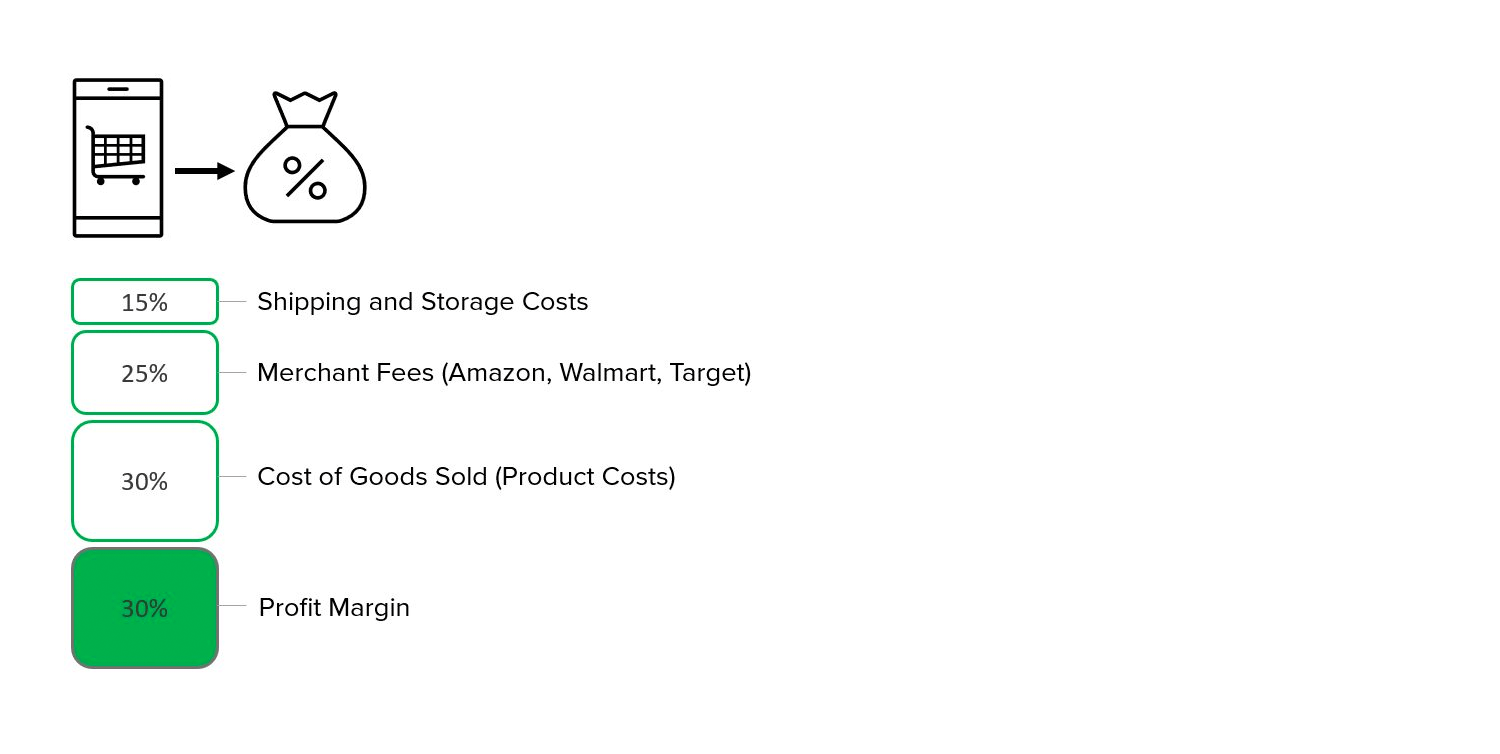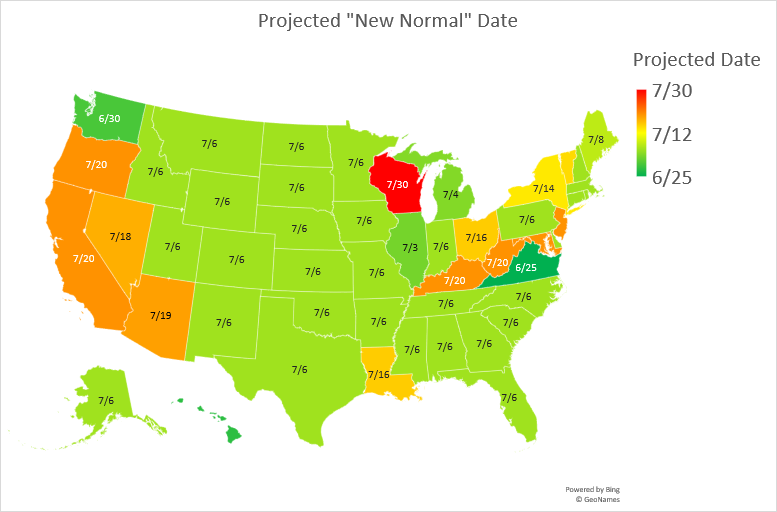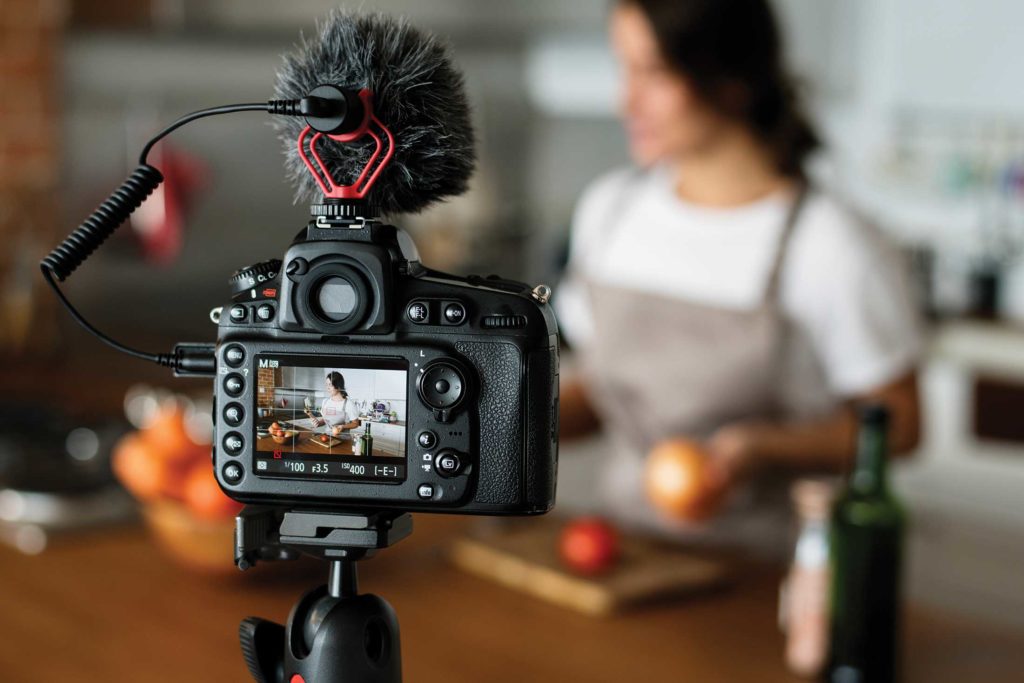Although short of the gaudy signs and those wily inflatables waving at traffic, there is a constant battle over attention, prices, features and add-ons among these players – all of which is eating away at profitability. Consumer centric trends like one-day shipping and free shipping on all orders are expensive to execute for both big box retailers and vendors selling on their platforms.
For manufacturers and resellers selling online with Amazon, Walmart and Target, storage and shipping costs for online products are taking up more and more of their profits. These priorities are very important to shoppers, so much so that 27% of shoppers abandoned a cart because same-day shipping was not available*. Under this new paradigm, companies selling online—and agencies working with these companies—need to understand which products are most profitable to advertise by gaining a true understanding of profitability via digital commerce sales.
Most brands selling online know their margins down to the product level, but for advertisers, knowing which products should truly be supported is often not understood or given much thought. It’s easy for both brands and advertisers to look at ROI or revenue and be happy with these numbers. For advertisers running campaigns across search, social or display driving to PDP pages, there’s no better feeling than generating huge sales and high ROAS. Unfortunately, without looking at product-level metrics on the vendor-side such as COGS or Net PPM, it’s difficult to truly understand how these sales are contributing to business goals.
For instance, it’s not uncommon to end up running ad campaigns for a product that is actually losing money. Even the best performing campaigns can fall short. A product with low profit margin and sales price can impact the profitability of a campaign driving the lowest Advertising Cost of Sales (ACoS).
These priorities are very important to shoppers, so much so that 27% of shoppers abandoned a cart because same-day shipping was not available.
Empower’s Advantage
Our Empower search team has taken a much closer look at product-level profits as the digital commerce landscape has grown. As available tactics and ad types expand, it’s more important than ever to take a hard look at profitability.
- When planning which SKUs to promote and advertise, it’s helpful for the brand to understand profit at a SKU level. Each commerce platform has its own fees to consider such as shipping fees, inventory storage fees and other handling fees. But by using the respective inventory management system, it’s easy enough to figure out the net dollar amount of profit associated with each SKU. Amazon uses Seller Central or Vendor Central. Walmart uses a system called Retail Link. Whether the company is using a retail-side platform or a proprietary inventory management system, the net profit data is easy enough to find.
- Next, use Profit Margin at the product-level to choose the products with the best chance of success. Some brands have thousands of SKUs, others may only have a handful of products. It’s important to start with a manageable core set of SKUs. Each situation is unique when selecting products to promote, but the main priorities should involve:
- Choose products that are both best sellers with a high profit margin. High margins are not enough to convert consumers, and driving ad clicks to product pages with low conversion rates will greatly hinder performance.
- Pick products with above average reviews and ratings. Reviews are often the most important factor for shoppers when considering making a purchase. Plus, star ratings and reviews are often part of the ads that run on e-comm sites, search and social.
- Ensure that chosen SKUs have enough inventory. This is very important during peak times like the holiday season.
- Select SKUs that are eligible for advertising. On Amazon, a product can be labeled as ineligible to advertise for a couple reasons like a product which has lost the buy box or is operating at a loss to Amazon. These are deemed financially ineligible. On Walmart’s site, in some cases, a product must rank within the top 128 listings in a category.
- Finally, use ACoS as a KPI to create a Target Profit Margin and a Break Even ACoS. ACoS is available in most all e-comm and is calculated as ACoS = Ad Spend ÷ Sales. These metrics are based on a percentage of the true profit margin for each product or product line.
- If using ROAS instead of ACoS, simply take the ACoS divided by one. For example, if the Break Even ACoS is at 20% the ROAS would be 5 (1 ÷ .2 = 5).

This process may sound like a lot of work, especially if advertising a high number of products, but it’s critically important. It is certainly easier to assign a blanket ACoS goal, but it will not accurately represent success, nor will it provide the clearest picture of profitability. Advertisers need to focus on the right metrics within retail media platforms, ones that extend beyond ROAS and truly affect the bottom line.






















